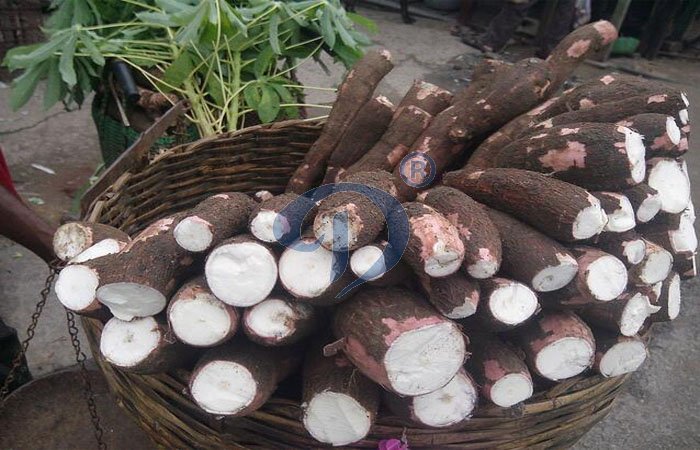Types of Cassava
Industry news / Chat on line / Give me a price / Date:2015-12-19

cassava root
Cassava is one of the world's most important food crops, providing quality carbohydrates in tropical regions where grains and potatoes grow poorly if at all. The roots, also known as manioc or yucca, can be stored for long periods in the ground as a hedge against famine. The leaves can also be eaten as a nutritious green vegetable, when others are unavailable. There are two major types of cassava, though they are used similarly.
"Sweet" Cassava
One of the two major varieties of cassava is referred to as "sweet" cassava. This is not because it is higher in sugars than other varieties, but because it is less poisonous. Cassava contains large quantities of cyanide compounds, which must be processed out of the tubers before they can be safely eaten. The sweet variety of cassava has fewer of these compounds, and does not require as much processing. Sweet varieties also produce higher yields.
"Bitter" Cassava
Bitter cassava is very similar in cultivation and general appearance to sweet cassava, but produces much higher quantities of cyanide compounds. Sweet cassava my contain as few as 40 parts per million, while bitter cassava varieties can range as high as 490 parts per million. Any quantity of cyanogens over 50 parts per million is considered to be hazardous. In unsettled regions, some farmers deliberately switch to bitter cassava as a deterrent to crop theft.
Next:Tapioca Syrup Usage

 Call us
Call us Chat online
Chat online

